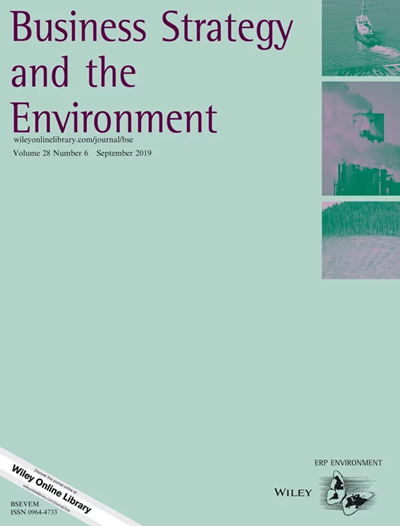通过灰色影响分析解读供应链5.0的采用:其中存在哪些障碍和推动因素?
IF 12.5
1区 管理学
Q1 BUSINESS
引用次数: 0
摘要
在任何行业中采用供应链5.0对于项目的成功和最小化失败风险至关重要。本研究探讨了减轻令人生畏的障碍的潜在促成因素(a)通过优先考虑它们(b)通过在发展中经济体的现代工业中建立它们的因果关系。本研究采用文献分析和定性因果模型进行验证。采用半结构化问卷对16位行业专家进行访谈,以规范数据收集。采用了双重分析。首先,灰色影响分析优先考虑了促成因素、障碍及其一对一的影响。这些影响在第二折中重新测试,逐步线性回归证实了促成因素-障碍的因果关系。结果显示,绿色能源是最具影响力的推动者,其次是通用存储和智能合约。最关键的障碍包括“机器人和其他机器的接受和适应性”、“安全和隐私”以及“缺乏绿色倡议”。回归分析强调“机器人和其他机器的接受和适应性”是最关键的障碍,需要多个使能因素。通用存储、智能合约、智能系统和创新技术是大多数供应链5.0采用障碍的关键促成因素。该研究通过优先考虑关键促成因素和障碍,帮助采用供应链5.0,指导发展中经济体的决策者在供应链背景下降低风险并提高项目成功率。该研究独特地为供应链5.0提供了一个促成因素-障碍因果关系框架,为发展中经济体的成功采用提供了可操作的见解,并加强了学术和实践的理解。本文章由计算机程序翻译,如有差异,请以英文原文为准。
Decoding Supply Chain 5.0 Adoption by Grey Influence Analysis: What Barriers and Enablers Lie Within?
The adoption of Supply Chain 5.0 in any industry is crucial to the project's success and to minimize the risk of failure. This study explores the potential enablers that mitigate the daunting barriers (a) by prioritizing them and (b) by establishing their causal relationship in modern industries within developing economies. This study was validated using literature analysis and qualitative causal modeling. A semistructured questionnaire was used to interview 16 industry experts to standardize data collection. A twofold analysis was used. Firstly, grey influence analysis prioritized enablers, barriers, and their one‐to‐one influences. These influences were retested in the second fold, and stepwise linear regression confirmed the enablers–barriers causality. The results reveal that green energy is the most influential enabler, followed by universal storage and smart contracts. The most critical barriers include “Acceptance and Adaptability of Robots and Other Machines,” “Security and Privacy,” and “Lack of Green Initiatives.” The regression analysis highlights that “Acceptance and Adaptability of Robots and Other Machines” is the most critical barrier, needing multiple enablers. Universal storage, smart contracts, intelligent systems, and innovative technologies are key enablers for most Supply Chain 5.0 adoption barriers. The study aids in adopting Supply Chain 5.0 by prioritizing key enablers and barriers, guiding decision‐makers in developing economies to mitigate risks and enhance project success within the supply chain context. The study uniquely provides an enablers–barriers causality framework for Supply Chain 5.0, offering actionable insights for successful adoption in developing economies and enhancing academic and practical understanding.
求助全文
通过发布文献求助,成功后即可免费获取论文全文。
去求助
来源期刊

Business Strategy and The Environment
Multiple-
CiteScore
22.50
自引率
19.40%
发文量
336
期刊介绍:
Business Strategy and the Environment (BSE) is a leading academic journal focused on business strategies for improving the natural environment. It publishes peer-reviewed research on various topics such as systems and standards, environmental performance, disclosure, eco-innovation, corporate environmental management tools, organizations and management, supply chains, circular economy, governance, green finance, industry sectors, and responses to climate change and other contemporary environmental issues. The journal aims to provide original contributions that enhance the understanding of sustainability in business. Its target audience includes academics, practitioners, business managers, and consultants. However, BSE does not accept papers on corporate social responsibility (CSR), as this topic is covered by its sibling journal Corporate Social Responsibility and Environmental Management. The journal is indexed in several databases and collections such as ABI/INFORM Collection, Agricultural & Environmental Science Database, BIOBASE, Emerald Management Reviews, GeoArchive, Environment Index, GEOBASE, INSPEC, Technology Collection, and Web of Science.
 求助内容:
求助内容: 应助结果提醒方式:
应助结果提醒方式:


